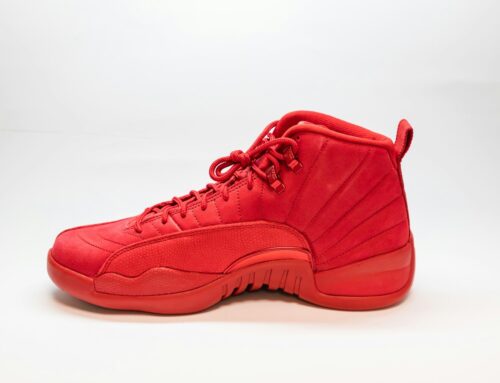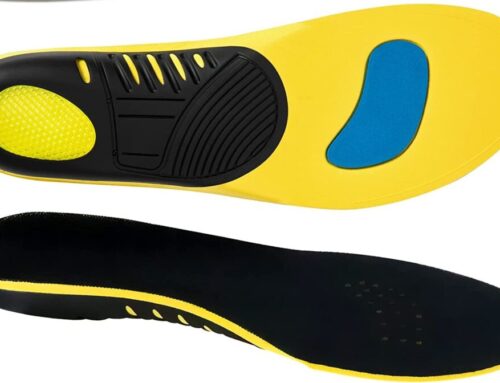Last Updated on December 14, 2023 by
As one of the world’s most popular sports shoe brands, Nike has many counterfeit items on the market. Offline Nike stores typically have less discounts and charge more.
As a result, many consumers prefer to shop online, but online products may not be as authentic as real products, which can lead to counterfeit products.
Can you tell the difference between genuine Nike shoes and fake Nike shoes? Here are some tips on determining the authenticity of Nike shoes.

Check out the stitching
Nike shoes are made with meticulous workmanship. Each stitch should be the average length, and there should be no jumpers, the lines should be neat and symmetrical, and there should be no line deviation or burrs.
In inferior Nike and imitation Nike shoes, the workmanship is often rough and there are many threads.
Check out the color
Nike shoes are brightly colored and feature a well-balanced color mix. Low-quality shoes are dark in color, and the color matching is very confusing.
Check out the materials
Nike sports shoes are made of exquisite materials. The uppers are generally made of artificial leather or microfiber PU.
Although they are not made from genuine leather, their fiber density is higher, their toughness and air permeability are better than those of genuine leather, and they are not easily damaged.
In addition, inferior shoes are made of cheap materials, so the shoe with more gloss is the real one, and the opposite is the fake.
Squeeze with your hand
Squeeze the surface of the shoe or stretch the upper leather to determine how tough and elastic it is. A shoe that is durable and elastic is a genuine one and vice versa.
Rub the shoe’s forefoot
Real shoes make a very loud and crisp “squeak” sound, while fake shoes usually don’t make this sound when rubbing the ground with the forefoot on the ground.
Check the signs/labeling
Authentic Nike shoes usually have several signs, the price is clearly marked, the materials are also marked, and there are instructions on how to use and maintain the shoes. Likewise, authentic shoes have very detailed inside signs, including information about their origin, size, serial number, date, and so on, while counterfeits usually only have 1–2 simple signs, with very little detailed information.
Touch shoes inside
Try on the shoes and feel the comfort. Generally, fake or imitation shoe lasts are not standardized due to irregularity or all half yards are replaced by full-sized lasts., which do not fit well. If the shoe is pinched, it is fake.
Check the outsole
Real NIKE rubber outsoles won’t fade. Take the black outsole and wipe it on the white paper so that won’t fade, nor will there be any traces on a good floor.
Using your fingernails, press the rubber outsole, and the one that returns immediately is real, whereas the one that is pressed down and cannot be restored is fake.
Is there any frost (whitening) on the outsole of some shoes that have been in stock for quite a while? If so, it is likely a fake or imitation.
Channels to identify authentic Nike shoes and fakes
Comparing one-to-one
You can verify the authenticity of Nike shoes by comparing them with Nike shoes of the same item number (same style, same color), if no differences are found, they are authentic. If some differences are found, further comparisons can be done, primarily based on the color scheme, soles, and signs of the shoes.
Counter verification
For authenticity identification, bring the Nike shoes purchased online to the Nike counter store. However, Nike launches thousands of styles every year, and stores sell only a limited number of Nike styles, A store clerk may not fully understand a certain item, so the counter inspection may not be 100% accurate.
Submission by the retailer for Nike identification
Most brands do not accept consumer applications for authentic product identification, and relevant state departments cannot verify them either. However, some sales platforms offer verification, communicate directly with Nike through the platform, and perform official identification according to the company’s policies.






Leave A Comment